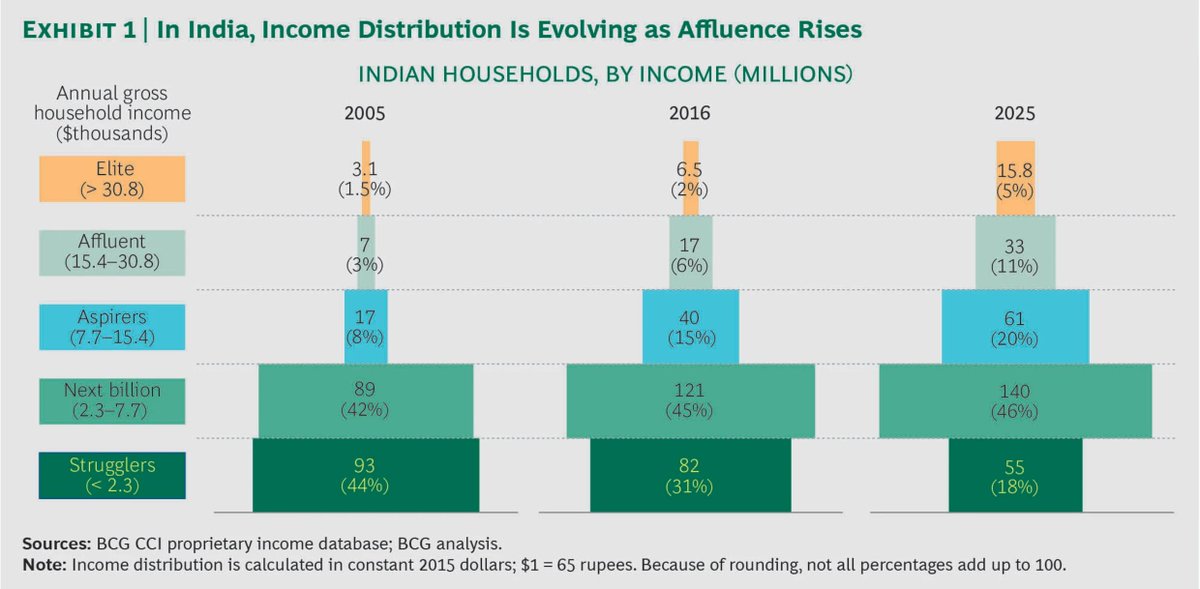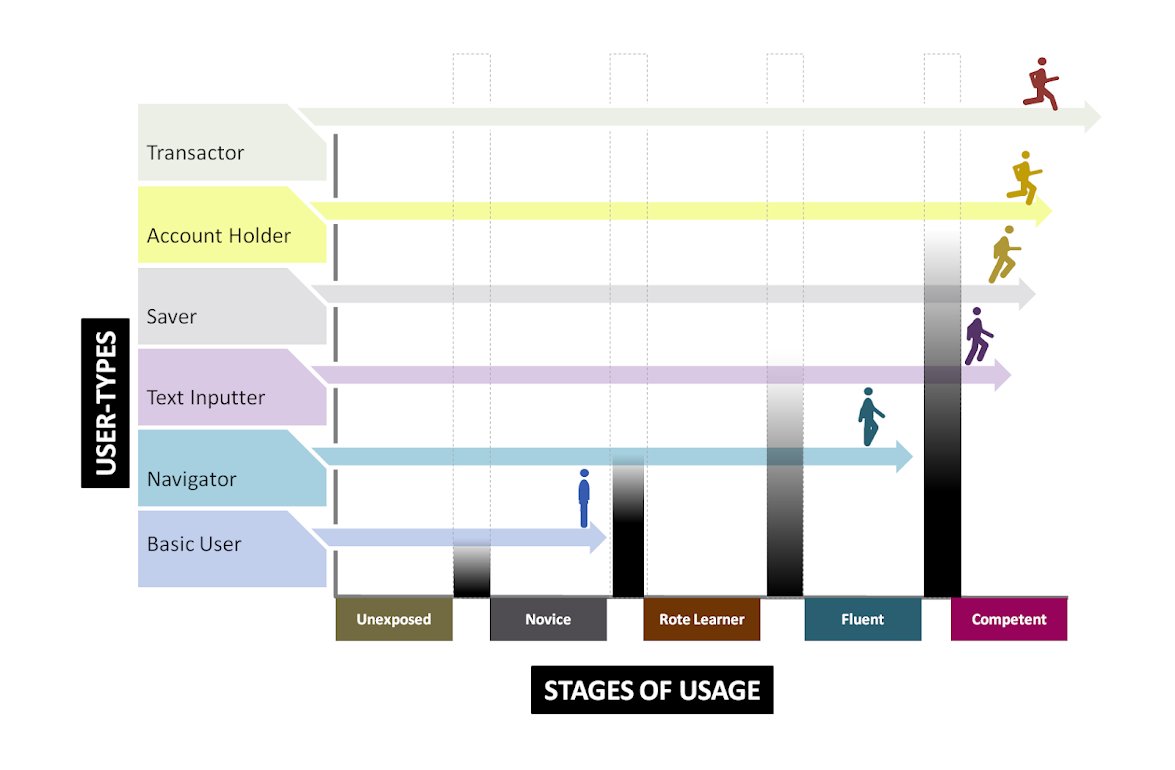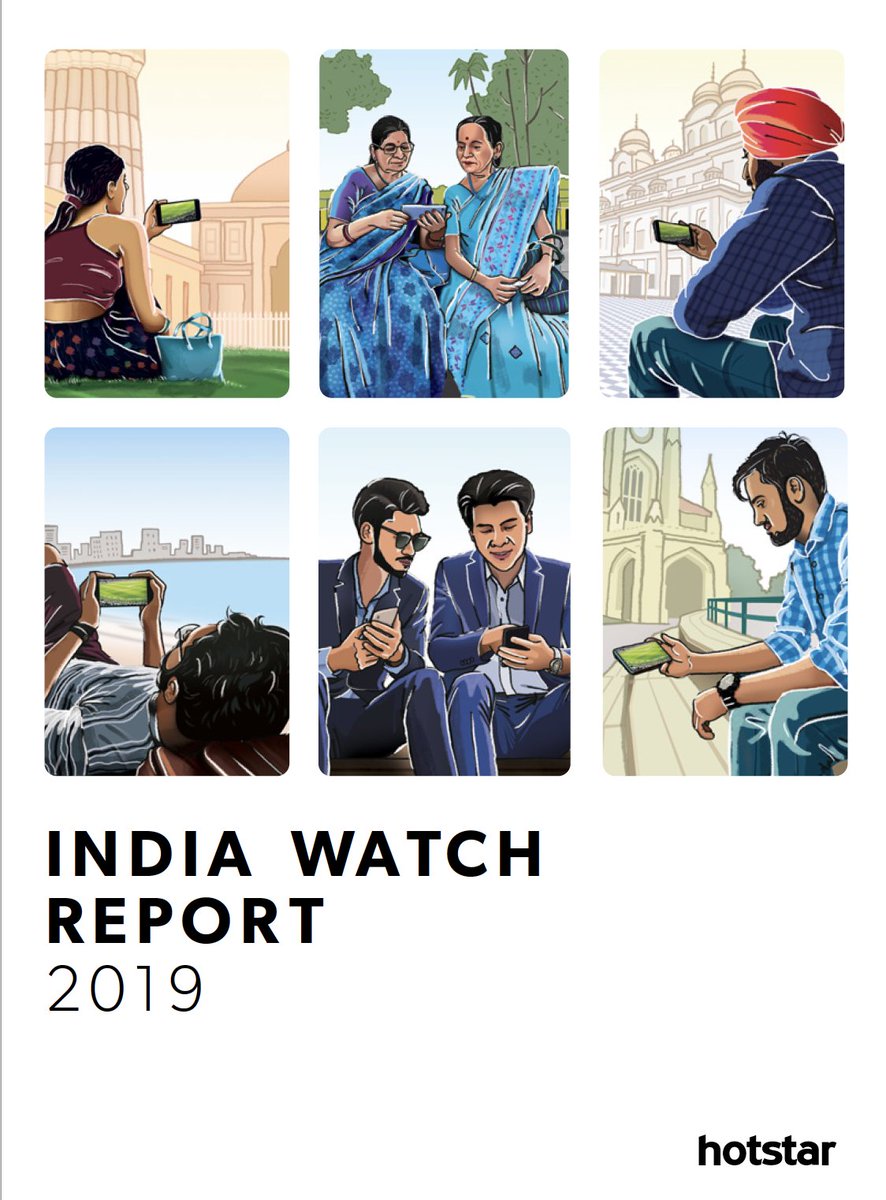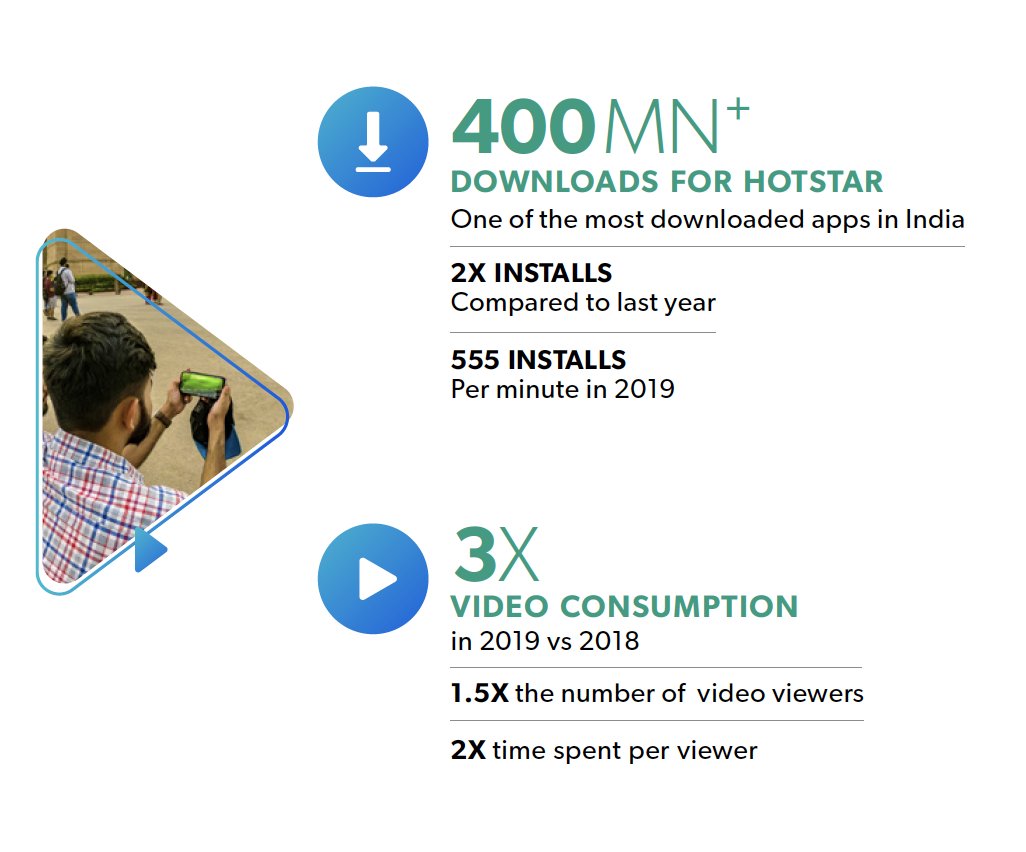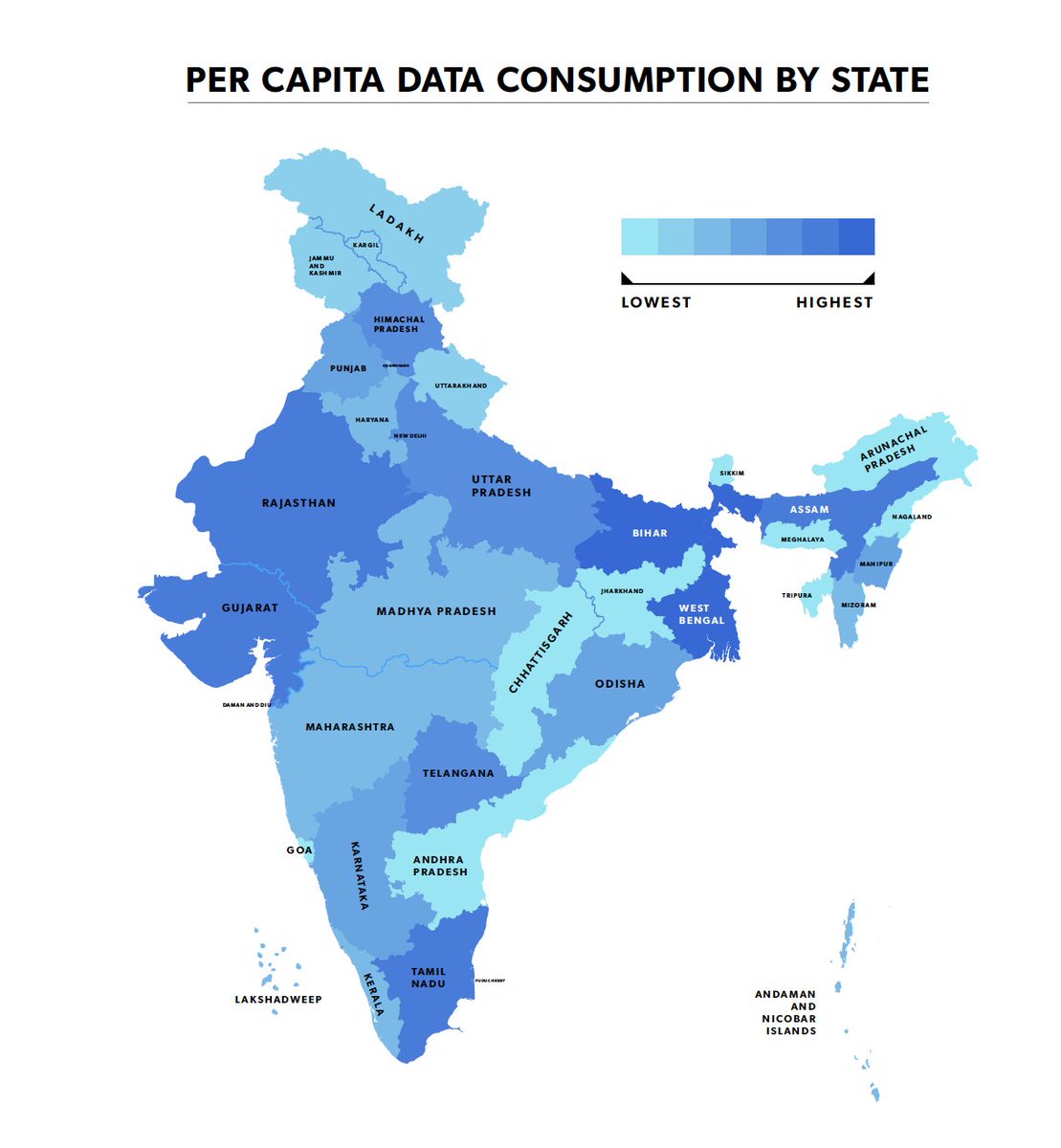
How HDFC Bank changed the landscape of banking with technology?
A short history of innovation by the OG fintech giant.
A 🧵
A short history of innovation by the OG fintech giant.
A 🧵

During economic liberalisation, RBI started issuing private banking licenses in India around the early 1990s. Housing Development Financial Corporation which was a housing finance provider was one of the early members to receive the license along with Axis, ICICI and IndusInd.
Deepak Parekh who was the MD of the mortgage provided doubled down on Mr Aditya Puri to run the bank. Mr Puri, who was a rising star in Citibank Malaysia was persuaded to come back to India and build and bank that India needed.
Mr Puri put together a team of eminent young bankers from Citibank, Bank of America and HSBC to start the bank. In 1994, the first branch of Housing Development Finance Corporation Bank or as dearly known as HDFC Bank was opened in Mumbai.
How the choice of core banking system changed things for the country? The bank wanted to lend money to top-performing corporates but it was a space that most banks were competing for and the new bank did not have enough balance sheet to lend? Now what?
A bank is in the business of reselling money. You borrow at a low-interest rate and lend them at a high-interest rate. The cheapest way to raise money is through deposits. Especially current (business) accounts as the bank pays 0% interest on the money stored there.
Now the young bank had to convince large corporates to open a current account with them. So that the money deposited can be lent out to other corporates, thus reducing the cost of capital. How did they do it?
Banking did not exist in the way as we know it. Salaries were paid by cheques and the employees would take time off their work to cash them off and the employers would manually sit and sign a huge number of cheques every month to disburse the salaries. This was a problem.
Most banks at that time had an offline core banking system which means when the cheques were deposited it would take days for the money to be transferred into your account as the payments were done through manual coordination.
With the advent of internet around the 1990s, HDFC became the first Indian bank to implement a centralised core banking system which allowed the corporates to transfer salaries directly to the employee's accounts and became a USP for large orgs to bank with HDFC.
Over the years HDFC introduced innovative solutions around digital cash settlements for stocks, selling third-party products like insurance/mutual funds, introducing mobile banking etc. The technology was at the core of its execution.
All this was executed under the single leadership of its MD Mr Aditya Puri who served as the banks MD from 1994 till Oct 26th 2020 (today). The 70-year-old banker retires today. Respect and Thanks. 

'Execution' is the word that defines the bank. The bank has consistently compounded around 28% CAGR in the last 22 years (i.e) Rs. 1000 invested in 1999 would be around 2.28 Lakhs today.
You can read more about the bank's history in these books. Snippets of this thread from the book, 'The unusual billionaires' 





The banker says that the best for the bank is yet to come. Must watch interview
• • •
Missing some Tweet in this thread? You can try to
force a refresh




